 When a new file system (ie. removable media device) is introduced in Windows, it is automatically mounted and assigned a drive letter, from which it is accessible until it is removed. Microsoft has us spoiled.
When a new file system (ie. removable media device) is introduced in Windows, it is automatically mounted and assigned a drive letter, from which it is accessible until it is removed. Microsoft has us spoiled.
On Linux, file systems (devices) need to be mounted before they can be accessed. It is an extra step, any way you look at it, so just consider the fact that, this way, you have a great deal of control over the entire process.
It is true that most devices can be mounted from the GUI, so let’s briefly cover that option before jumping into the command line.

 There are three ways to find out about your computer hardware.
There are three ways to find out about your computer hardware.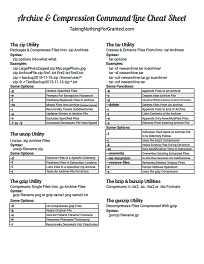 One common problem that I have – and so of course I automatically assume that everyone else has the same problem – is the inability to remember various commands and options when I need them.
One common problem that I have – and so of course I automatically assume that everyone else has the same problem – is the inability to remember various commands and options when I need them.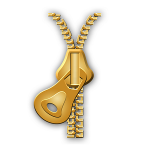
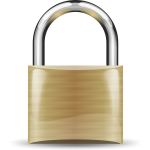 In the
In the 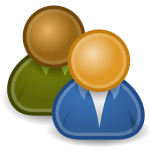 Linux is a multi-user operating system.
Linux is a multi-user operating system.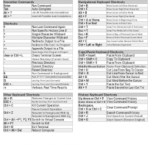 You had to know it was coming. What’s a shortcut without a cheat sheet full of them?
You had to know it was coming. What’s a shortcut without a cheat sheet full of them?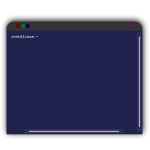 The downside to using the command line is all the typing that it involves. Even if you enjoy typing, it can get tedious after awhile.
The downside to using the command line is all the typing that it involves. Even if you enjoy typing, it can get tedious after awhile. One of the best ways that I know to truly embrace the command line is to have some fun with it. And what is more fun than learning about the available tricks and shortcuts that can be used?
One of the best ways that I know to truly embrace the command line is to have some fun with it. And what is more fun than learning about the available tricks and shortcuts that can be used?